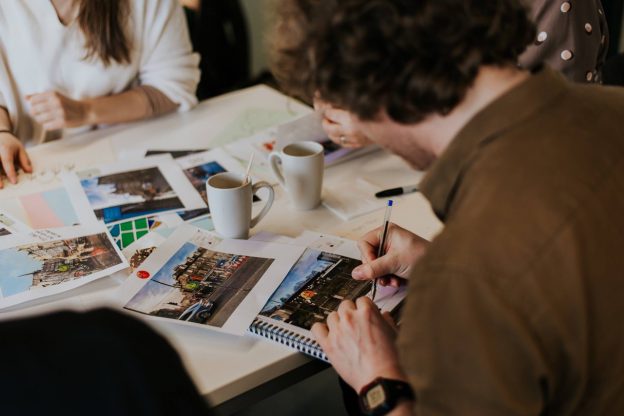We are indeed aware of some spatial forces behind our actions, or for that matter, inactions. No one has ever doubted how doors enable us to move through, a possibility that a solid wall robs us from. In fact, we are so intrinsically adapted to architectural manipulations, no one is shrinking from how decisive architecture can be, when a window not only guide our gaze but also the rays of sunlight. The list goes on beyond the simplicity of doors and windows. As Lefebvre elaborates in his celebrated The Production of Space, we are impacted by architecture at all levels, “Facades were harmonised to create perspectives,” and “Streets and squares were arranged in concord with the public buildings and palaces of political leaders and institutions.” Which in turn affect us “From family dwellings to monumental edifices, from ‘private’ areas to the territory as a whole.”[1]
The moment you leave your home, you enter into a dialogue with the urban fabric. Have you ever asked yourself how much your moods are influenced by the city? After all, doors and streets do privilege some activities over others[2], but to what extent spatial features dictate our behaviour, or affect our emotions and moods? Can architecture make us happier? ‘Urban Life, The Untold Dimension of Happiness’, was a workshop that I led as part of the Festival of Creative Learning 2019 supported by Edinburgh University. The session by employing deep discussions, interactive debate and hands-on activities, was aimed to change our relationship with the city, in a way that it turns into the narrative of happiness in our everyday lives.

To that end, we first verified to what extent our happiness is located in the urban environment and secondly, how much we are aware of the built environment impact on our happiness. The 21 participants of the workshop shared their insights into some of the spatial dynamics behind our activities, such as the interplay between nature and urban space, the density of the urban configuration and the skyline in view, the property usage or the extent of which all our senses are engaged with the environment, and so on and so forth. When you imagine a happy place, is it like the Bank area in London where you can walk for at least an hour in the shadow of skyscrapers without a chance for a peek at sun, where chances are high a passenger whose business meeting is running late shoves you carelessly; or is it Edinburgh’s Victoria street where you have the skyline in view, and fresh baked bread aroma from a close by café is drifting away with a breeze? Accordingly, our moods are influenced by a combination of all these urban factors that participants personally felt strongly about.

Since Shakespeare shared his legendary question, we have come a long way. People are living roughly 45 years longer on average than Shakespeare’s compeers. All the extra time on our hands, demands a greater quality of people’s lives. Now, it is not simply the matter of being anymore, to be happy, or not to be happy, is the question. Does the answer to that question have a spatial and architectural method to it? Well, trying to get connected to our emotions and navigate their origin in our surroundings, as we did in ‘Urban life The Untold Dimension of Happiness’ workshop, certainly is a solid first step to be more mindful and a simple exercise that will eventually nudge us to find our happy place in the city.
References:
Lefebvre, Henri, and Donald Nicholson-Smith. The production of space. Vol. 142. Blackwell: Oxford, 1991.
Molotch, Harvey. “The space of Lefebvre.” Theory and Society 22, no. 6 (1993): 887-895.
[1] Lefebvre, Henri, and Donald Nicholson-Smith. The production of space. (1991):47.
[2] Molotch, Harvey. The space of Lefebvre. (1993): 888.


Leave a Reply
You must be logged in to post a comment.